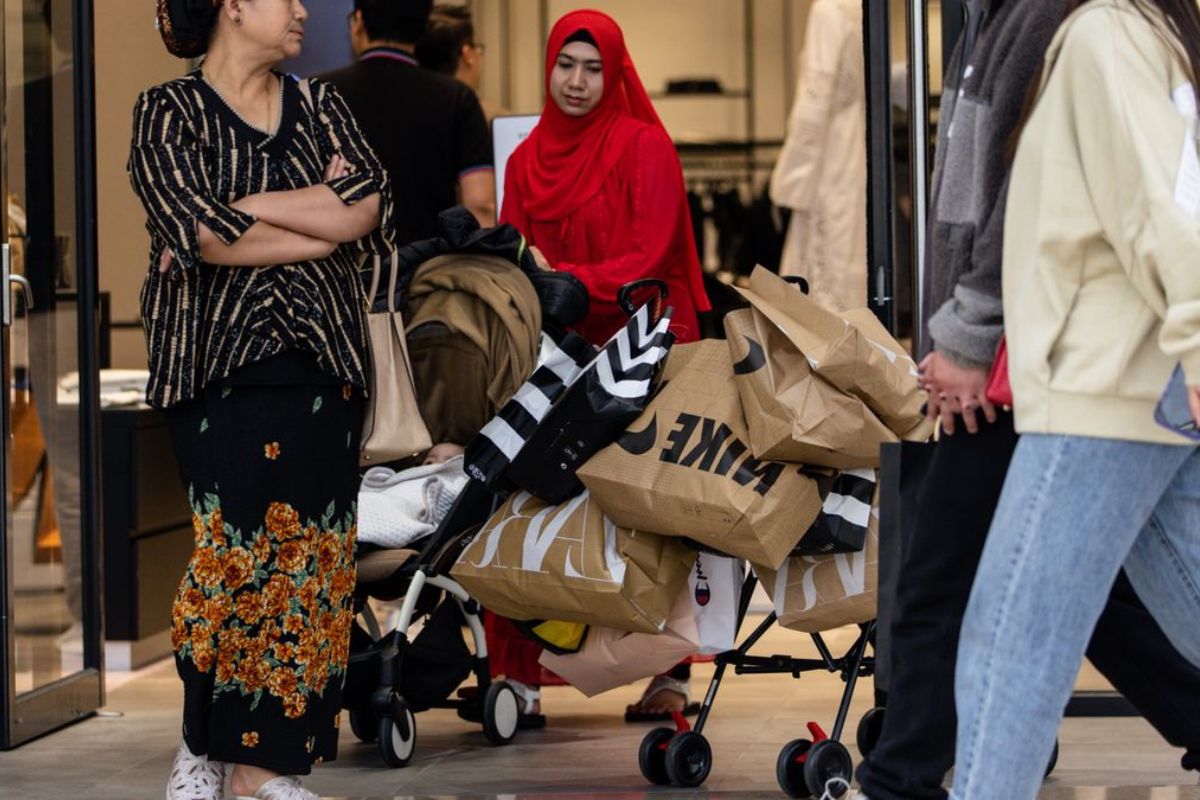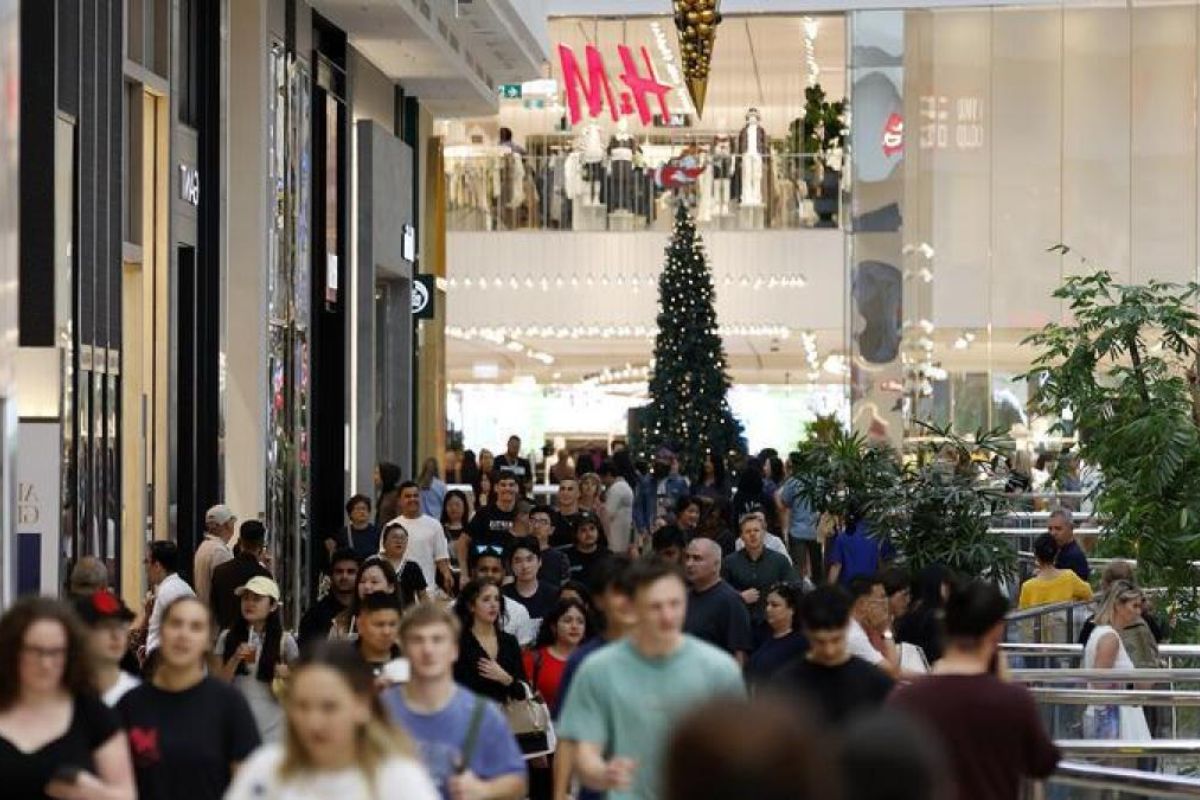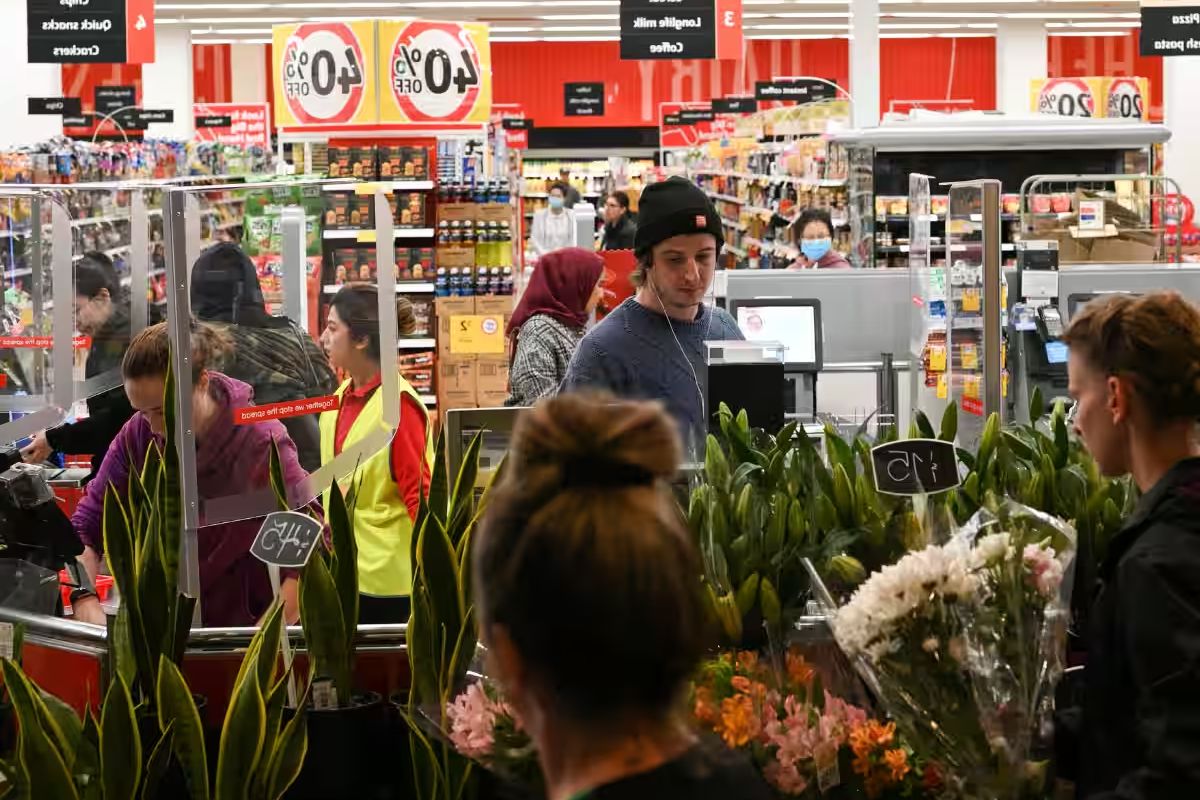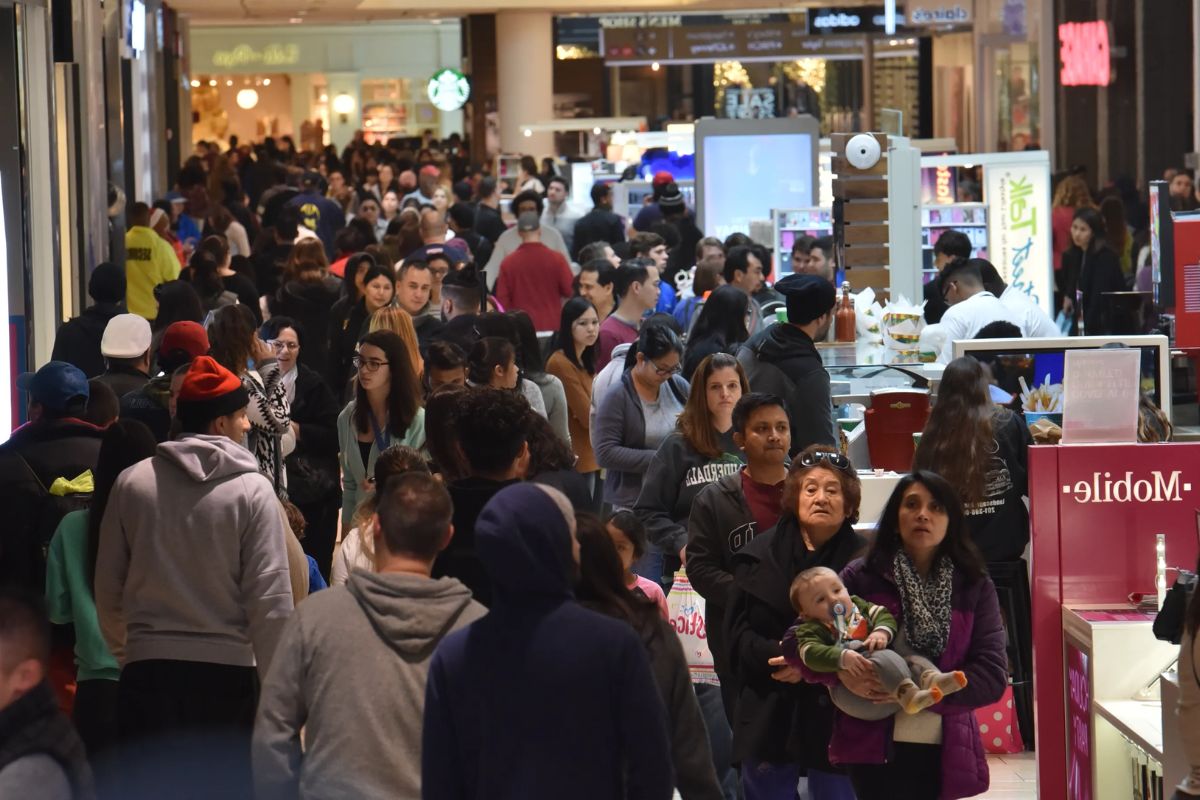Australian Sales: In a surprising turn of events, Australian sales experienced a significant boost on Black Friday, with a remarkable 2% increase. This surge in consumer spending has caught the attention of analysts and economists alike, who are keen to understand the underlying factors that contributed to this impressive growth.
While this may initially appear as a cause for celebration, it is crucial to approach these figures with caution and skepticism, as sustainability remains a key concern. By examining historical data and taking into account various economic factors, we can gain valuable insights into the true implications of this shopping spree.
Moreover, policymakers will undoubtedly be closely monitoring these developments, as they consider the potential impact on interest rates and the broader cost-of-living pressures. As we delve into the intricacies of this retail surge, it becomes increasingly clear that there is more to the story than meets the eye.
Key Takeaways
- Australian retail sales increased by 2.0% in November, surpassing market expectations of a 1.2% rise.
- The boost can be attributed to heightened consumer activity during the Black Friday sales period.
- Retailers extended and intensified promotional periods, contributing to the success of Black Friday sales.
- Analysts express skepticism about the sustainability of the sales surge, citing concerns about borrowed future spending and the need for critical analysis of the data.
Retail Surge: Exceeding Expectations Amid Black Friday Boost
The Australian retail sector has seen an exceptional surge in sales, surpassing expectations and setting a new benchmark for consumer spending, thanks to the Black Friday shopping frenzy.
Also Read: Surging Australian Retail Sales Spark Rate Hike Speculation
In November, retail sales experienced a significant increase of 2.0%, surpassing market expectations of a 1.2% rise. This boost can be attributed to heightened consumer activity during the Black Friday sales period. Retailers extended and intensified promotional periods, contributing to the success of Black Friday sales.
The robust performance marked the strongest result since November 2021, signaling a positive turn in consumer spending trends. This surge in sales indicates a growing confidence among Australian consumers, as they take advantage of the discounts and deals offered during the Black Friday shopping spree.
The retail sector’s ability to exceed expectations during this period reflects the effectiveness of promotional strategies and consumer demand for discounted products.
Analyst Skepticism: Cautionary Outlook on Sustainability
Despite the positive November results and the surge in retail sales, analysts express skepticism about the sustainability of the gains, cautioning against over-optimism in interpreting the data. While the surge in spending during Black Friday may have contributed to the increase in sales, there is concern that it could be a case of borrowed future spending rather than a sustained trend.
Analysts highlight the need for caution, emphasizing the possibility of a temporary boost rather than long-term growth. This cautionary outlook is based on the possibility that consumers took advantage of Black Friday bargains, potentially resulting in a slowdown in spending in the coming months.
As such, it is important to analyze the data with a critical eye and consider the broader economic factors at play before drawing any definitive conclusions about the sustainability of the gains.
Historical Context: ABS Data Reveals Sluggish Growth and Challenges
After considering the cautionary outlook on the sustainability of the surge in retail sales, it is important to examine the historical context provided by the Australian Bureau of Statistics (ABS) data, which reveals sluggish growth and underlying challenges in the retail sector.
Despite the 2.2% increase from the previous year, analysts note that this growth is relatively sluggish, especially considering the country’s rapid population growth. This perspective adds nuance to the positive headline figures, suggesting that the overall retail landscape may be facing challenges beyond the short-term fluctuations tied to promotional events like Black Friday.
| Retail Sales Growth | Population Growth |
|---|---|
| 2.2% | Rapid |
The ABS data highlights the discrepancy between modest retail sales growth and the rapid population growth. This suggests that the retail sector is not fully capitalizing on the expanding consumer base. It raises questions about the effectiveness of marketing strategies, customer retention, and overall consumer demand. Furthermore, it indicates that there may be underlying challenges in the retail sector that require attention and strategic planning to sustain long-term growth.
Economic Factors Influencing Retail Trends: Interest Rates and Cost-of-Living Pressures
Economic factors, such as interest rates and cost-of-living pressures, significantly influence the trends observed in the retail sector. The recent 2.2% year-on-year increase in retail sales indicates a slower pace compared to earlier in 2023. Higher interest rates have impacted households’ spending habits, making it more expensive to borrow money for purchases.
Additionally, cost-of-living pressures have put a strain on consumers’ budgets, causing them to be more cautious with their spending. Despite the strong November results, the retail sector is expected to face challenges throughout 2023, with household spending remaining a significant downside risk for the Australian economy.
As interest rates and cost-of-living pressures continue to fluctuate, retailers will need to adapt their strategies to cater to the changing consumer behavior and preferences.
Policymakers’ Considerations: Insights for the Reserve Bank
The performance of the retail sector, particularly the insights provided by ABS data on retail sales, holds significant importance for policymakers, particularly in relation to the Reserve Bank‘s considerations for rate decisions. As policymakers analyze the data, they will likely focus on several key points:
- Consumption’s significant contribution to Australia’s gross domestic product, highlighting the importance of understanding retail trends.
- The upcoming data on consumer inflation rates, which will provide policymakers with a clearer picture of the overall economic landscape.
- Separate figures on home construction approvals and non-residential building projects, offering insight into the broader construction sector and its impact on the economy.
- The potential for policy adjustments based on the Reserve Bank’s outlook, influenced by the performance of the retail sector and other economic indicators.
Conclusion Of Australian Sales
Australian retail sales experienced a significant surge of 2% during the Black Friday shopping spree, surpassing expectations.
However, analysts remain cautious about the sustainability of this growth. Historical data from the ABS indicates sluggish growth and challenges in the retail sector.
Economic factors such as interest rates and cost-of-living pressures play a significant role in influencing retail trends. Policymakers should consider these insights when making decisions, offering valuable guidance for the Reserve Bank.
Our Reader’s Queries
What is the biggest sale of the year in Australia?
Retailers in Australia are gearing up for a massive surge in sales this Boxing Day, with shoppers expected to spend billions of dollars. After a sluggish year, retailers are offering larger discounts than usual to entice customers. The total sales spending for the Boxing Day period, which runs until December 31, is projected to reach a staggering $9 billion, with $3 billion expected to be spent on Boxing Day alone. This is great news for retailers who are hoping to end the year on a high note.
What is the annual sales in Australia?
The country’s retail turnover in 2022 reached a staggering 411.5 billion Australian dollars, marking a significant increase of over 40 billion Australian dollars from the previous year.
What are the retail sales in Australia in May?
The Australian Bureau of Statistics (ABS) has just released figures indicating that shoppers spent over $35.5 billion in May. The most significant year-on-year sales increases were in food spending, which rose by 6.1%, and cafes, restaurants, and takeaway, which saw a 12.7% increase. These numbers suggest that Australians are continuing to prioritize their food and dining experiences, even amidst economic uncertainty.
What is the Australian retail trade sector?
Retail Trade businesses primarily deal with buying and selling goods to the general public. They typically operate from physical storefronts that attract a large number of walk-in customers. However, with the rise of online retailing, an increasing number of businesses in this industry are now involved in e-commerce.




